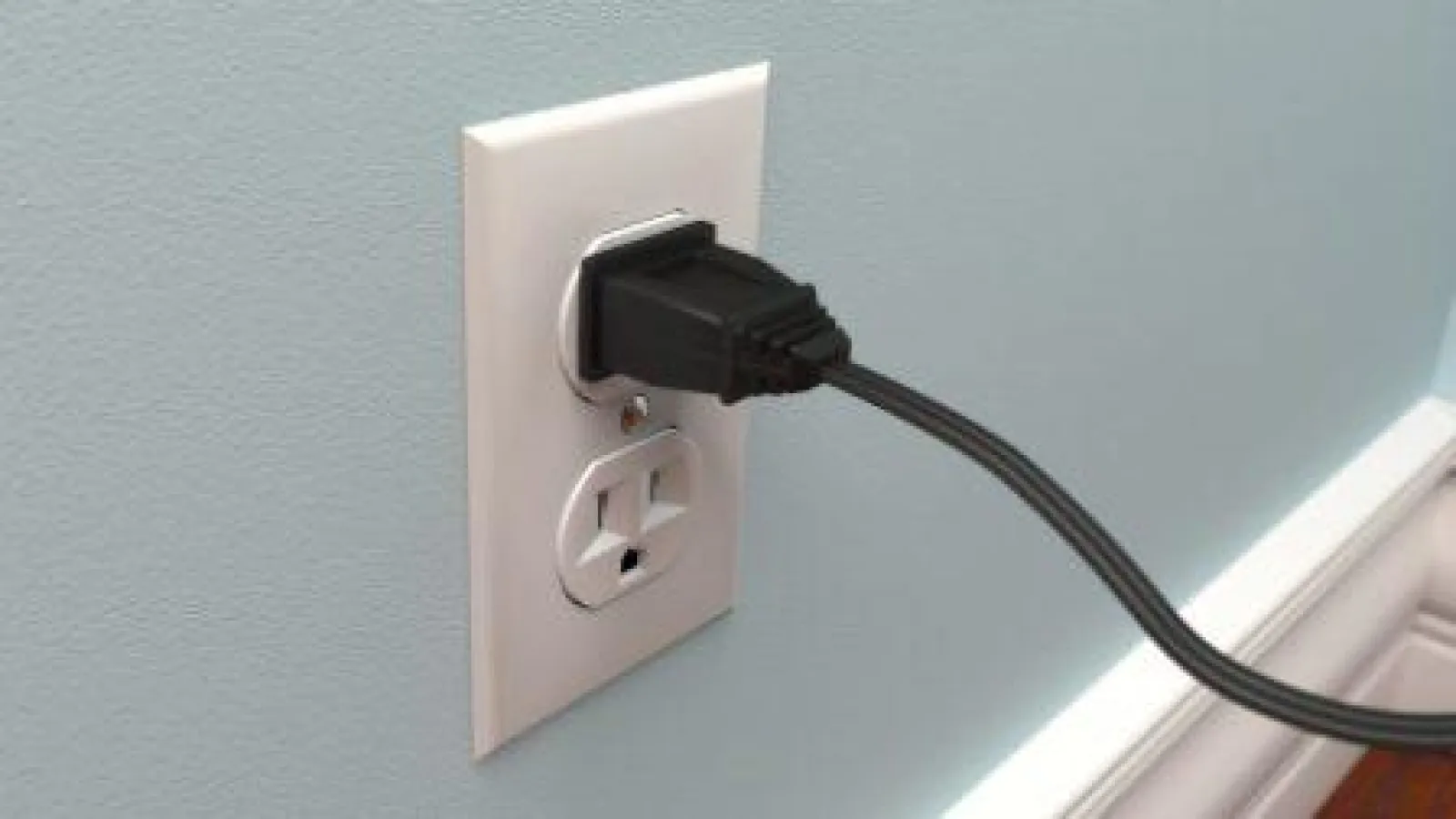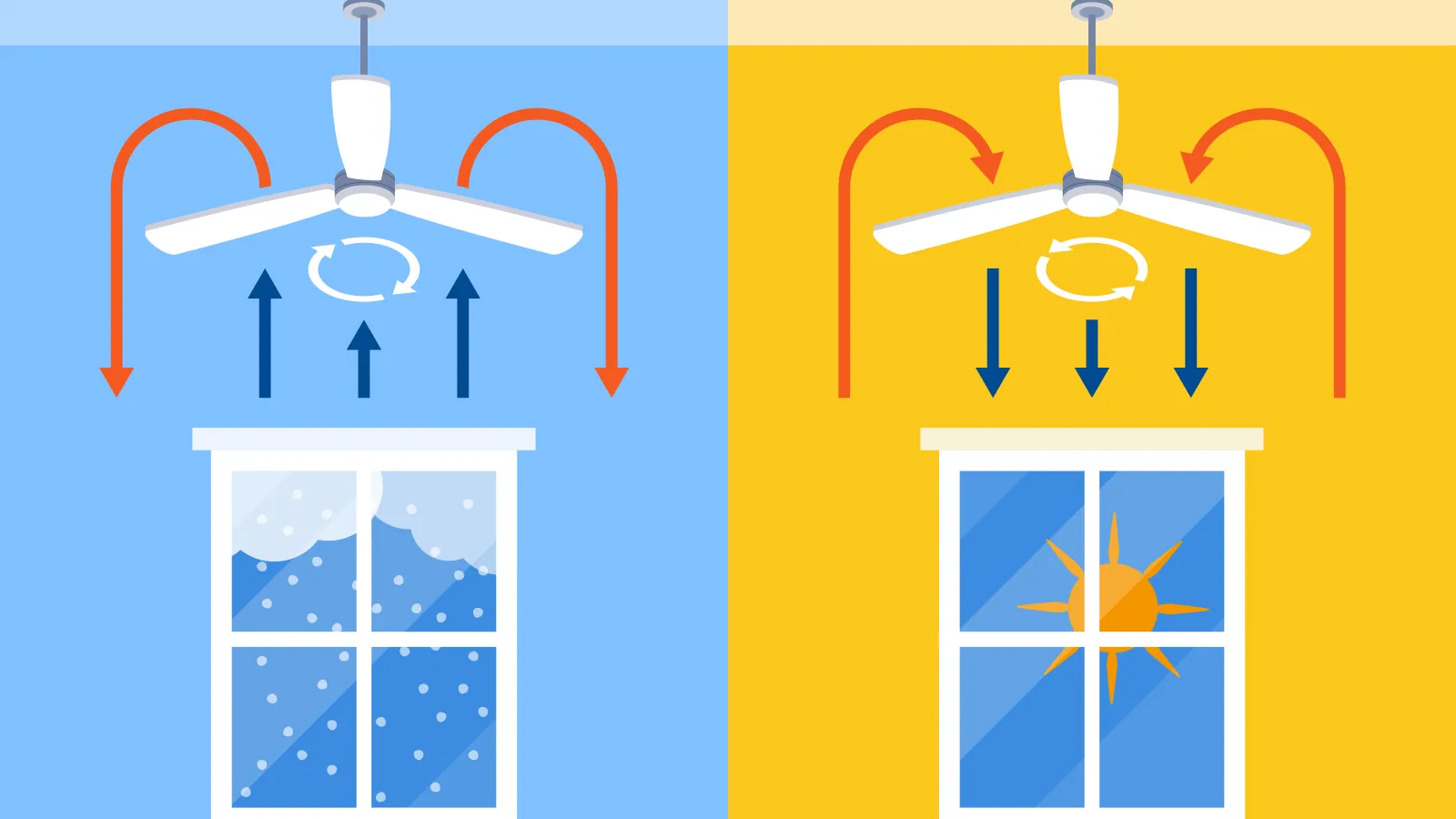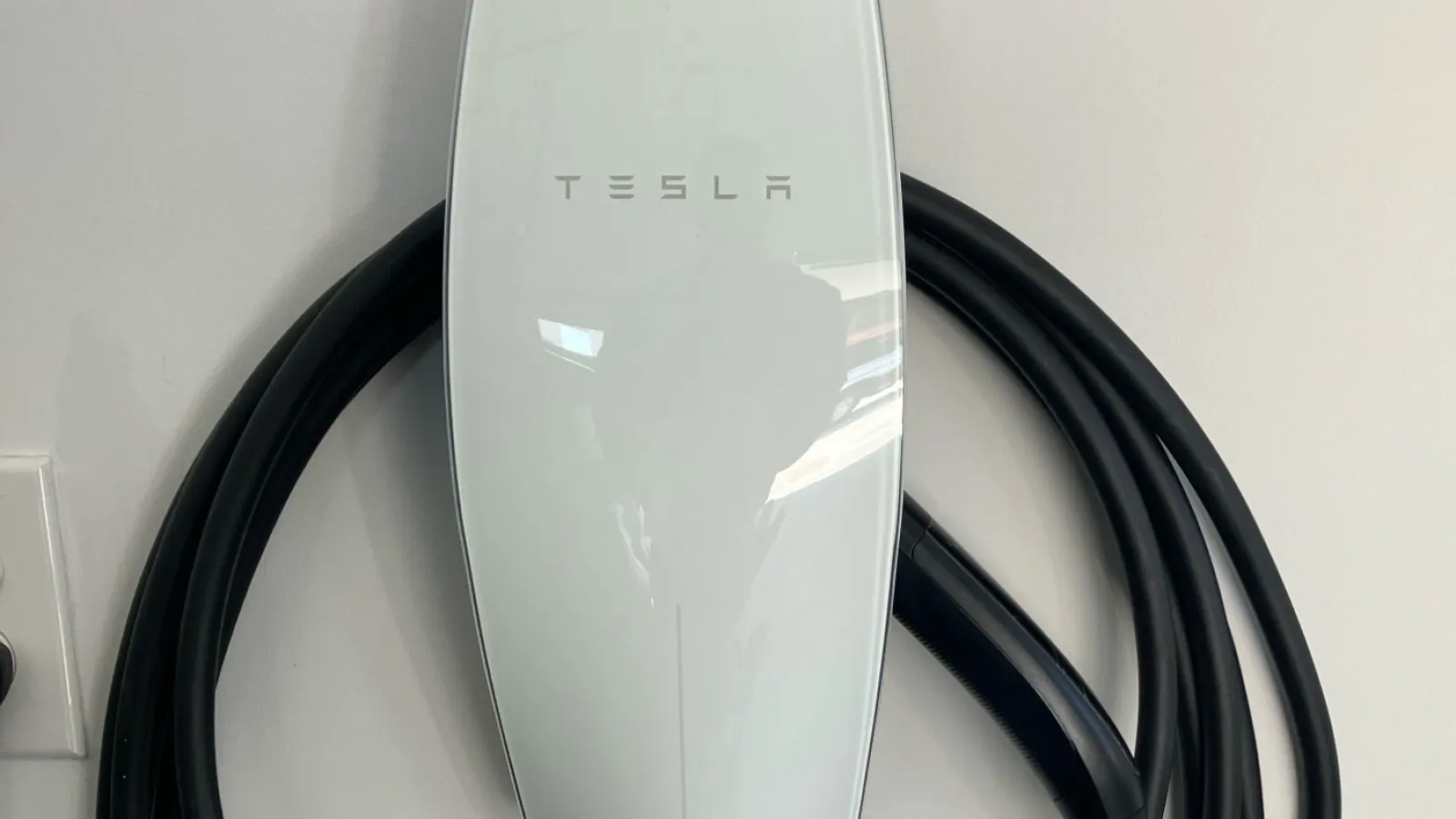What to Do When Your Wall Socket Stops Working
When a wall socket stops working in your Atlanta home, it can be more than just a small inconvenience; it may signal an electrical issue that needs prompt attention. In this guide, Estes Services explains the most common causes of dead outlets, how to troubleshoot them safely, and when to call a licensed electrician.
Common Reasons a Wall Socket Stops Working
When an electrical outlet stops working, several issues could be to blame. The most common causes include:
- Failed internal socket connections — often found in older outlets that no longer securely hold plugs.
- A tripped circuit breaker is cutting power to the outlet.
- Loose wiring connections within the breaker panel.
- Faulty wiring that connects the outlet to its circuit.
- A tripped GFCI outlet, which functions differently from a standard socket.
- A defective outlet that needs replacement.
- A burned-out outlet caused by electrical overloading.
Sometimes, the problem isn't the outlet or wiring — it could be the device you've plugged in. A damaged cord or shorted appliance can make it seem like the socket isn't working when, in fact, the device is at fault.
Another overlooked cause is a half-hot outlet, where one socket is controlled by a wall switch and the other isn't. This feature is common in living rooms and bedrooms for lamp control. If you're in a new home, you may need to identify which outlets are switch-controlled.
How to Troubleshoot Electrical Issues with a Dead Outlet
Before assuming your outlet has failed, check for a tripped GFCI or breaker. These two issues typically account for the majority of cases where a wall socket stops working.
1. Resetting a Tripped GFCI Outlet
GFCI outlets are typically installed in kitchens, bathrooms, garages, and other areas near water. When they detect an imbalance in electrical current, they shut off to prevent shocks. You can identify them by the small rectangular reset button in the center.
To reset, press the reset button and test your device again. If it still doesn't work, the outlet may need professional evaluation.
2. Checking for a Tripped Breaker
If several outlets or lights in the same area aren't working, you may have a tripped breaker. Open your electrical panel and look for a switch that's flipped to the middle or OFF position.
Switch the toggle fully OFF, then back ON to reset the circuit. If the breaker trips again soon after, contact a professional electrician to diagnose the cause.
Troubleshooting the Outlet Itself
If your breaker and GFCI are working but the outlet still isn't, the issue could be a loose or damaged connection. To check safely:
- Turn off the power to the outlet from your electrical panel.
- Use a screwdriver to remove the faceplate and gently pull the outlet from the wall box.
- Inspect the terminal screws or stab-in connections for looseness or corrosion. Tighten or adjust as needed.
- Look for melted or burned wire insulation, which is a sign of overheating. If found, call a licensed electrician immediately.
- Reattach the outlet, replace the cover plate, restore power, and test again.
When to Call an Atlanta Electrician
If you've tried the above troubleshooting steps and your wall socket still doesn't work, the issue may lie deeper within your home's wiring system. Don't risk DIY electrical repairs — they can lead to serious hazards if done incorrectly.
For professional outlet repair, replacement, or new outlet installation in the Atlanta area, contact Estes Services today. Our licensed electricians provide safe, code-compliant electrical work to keep your home powered and protected.



